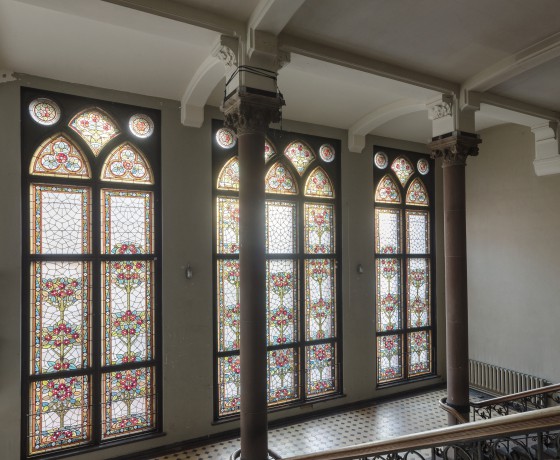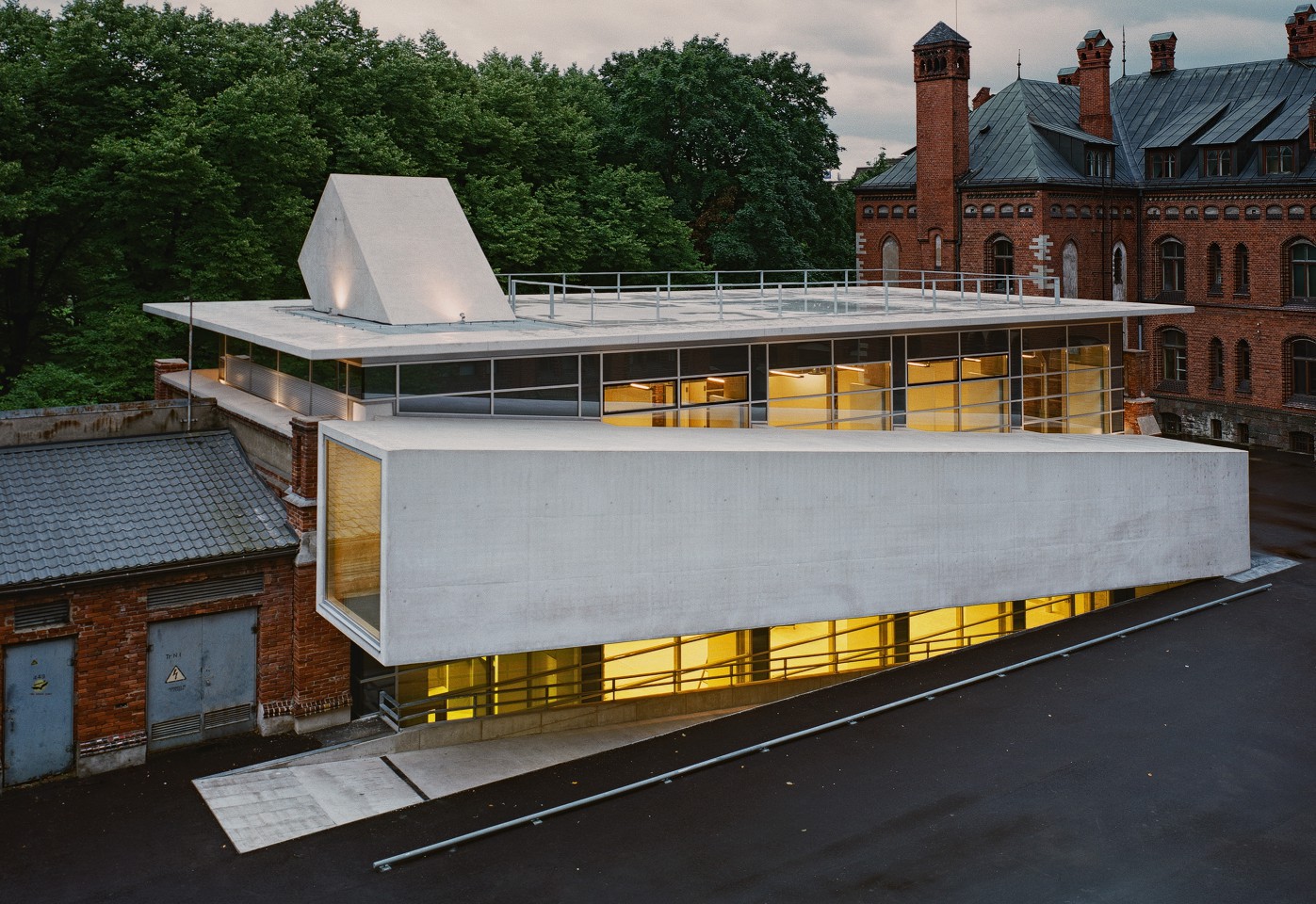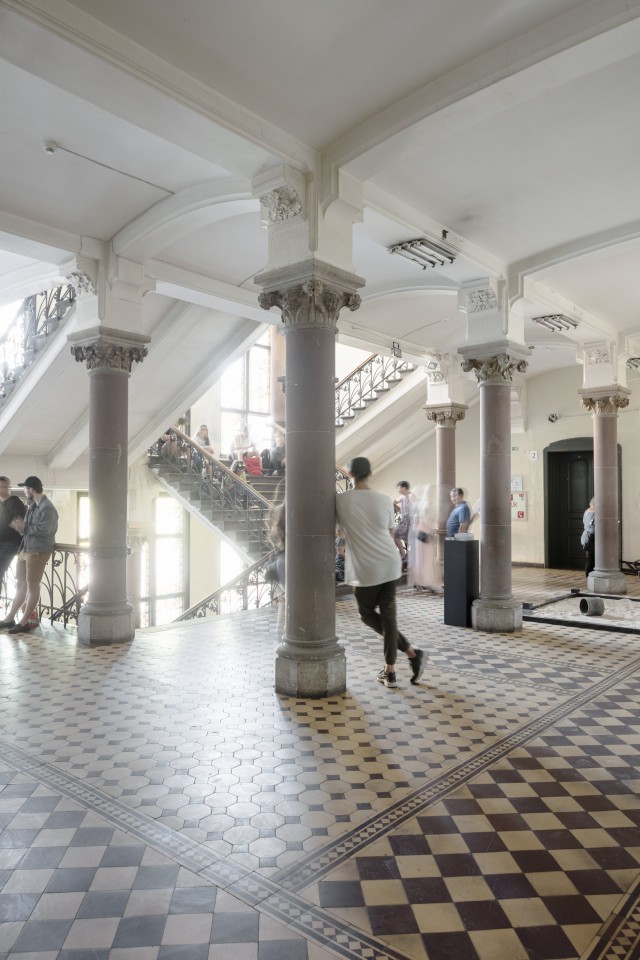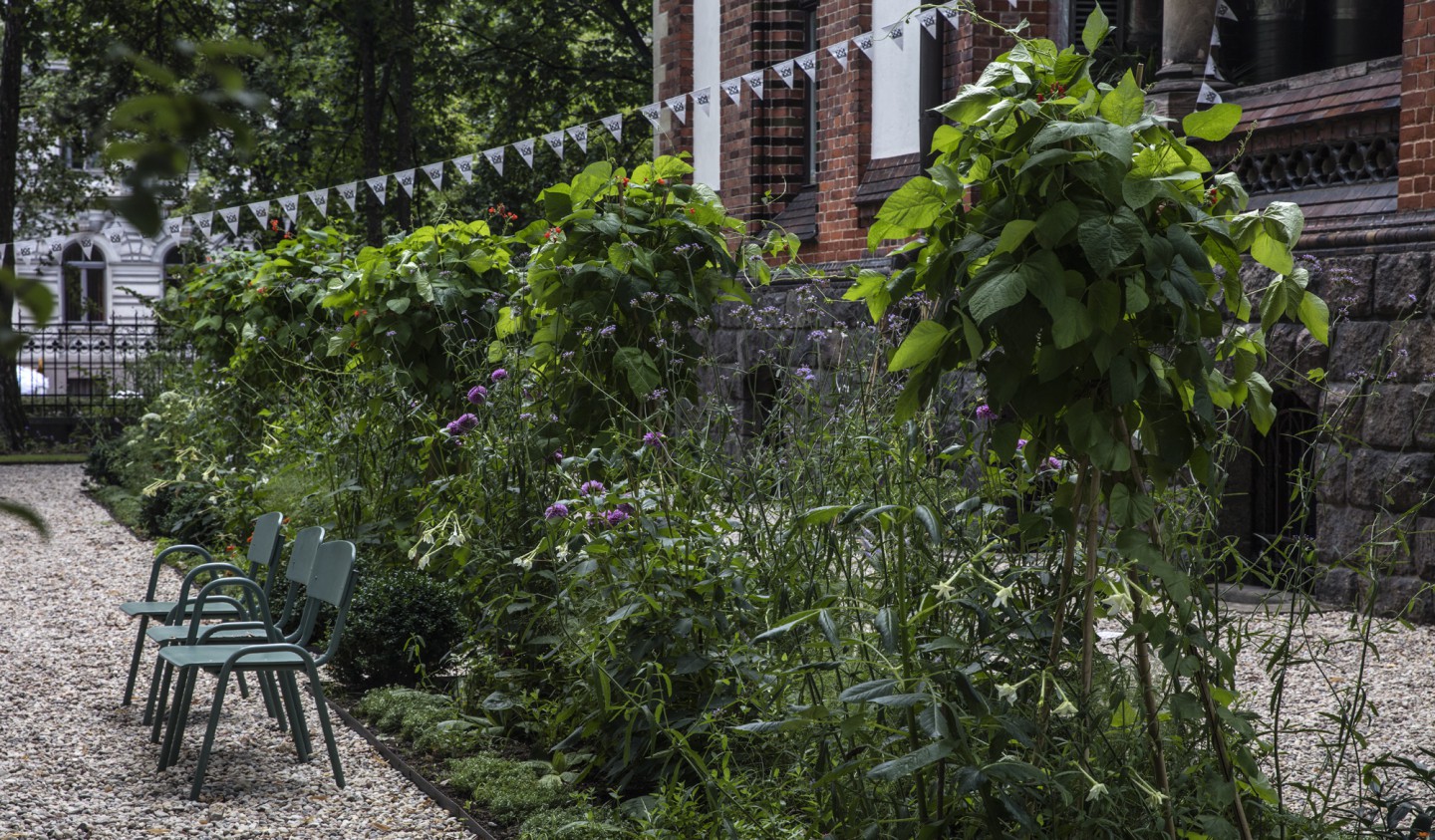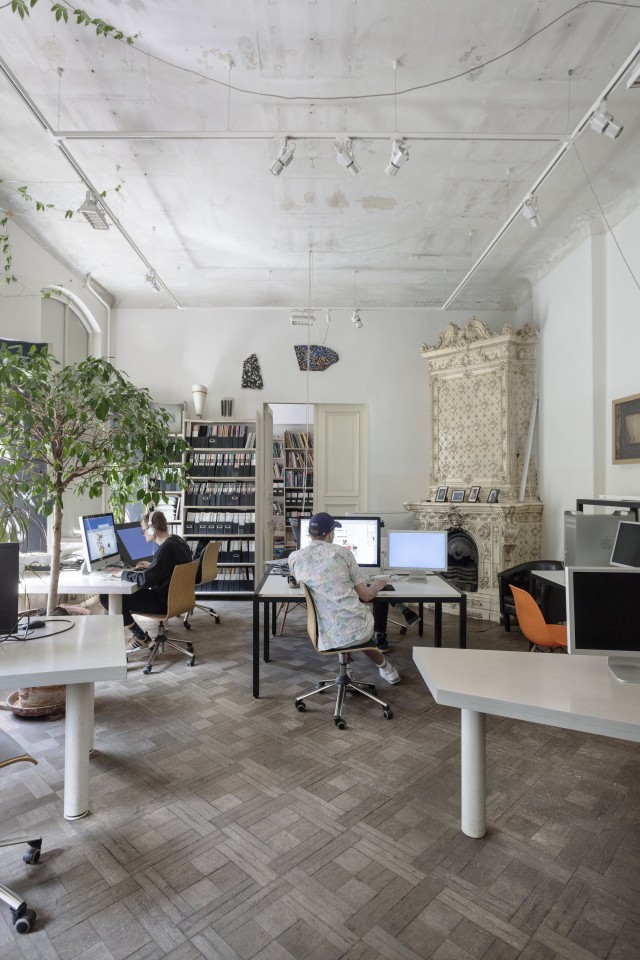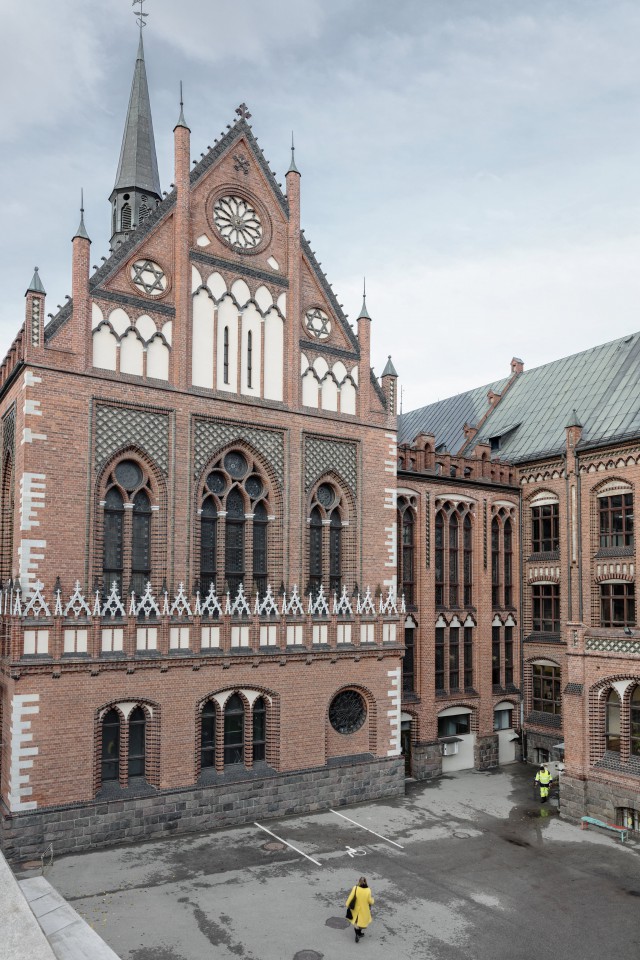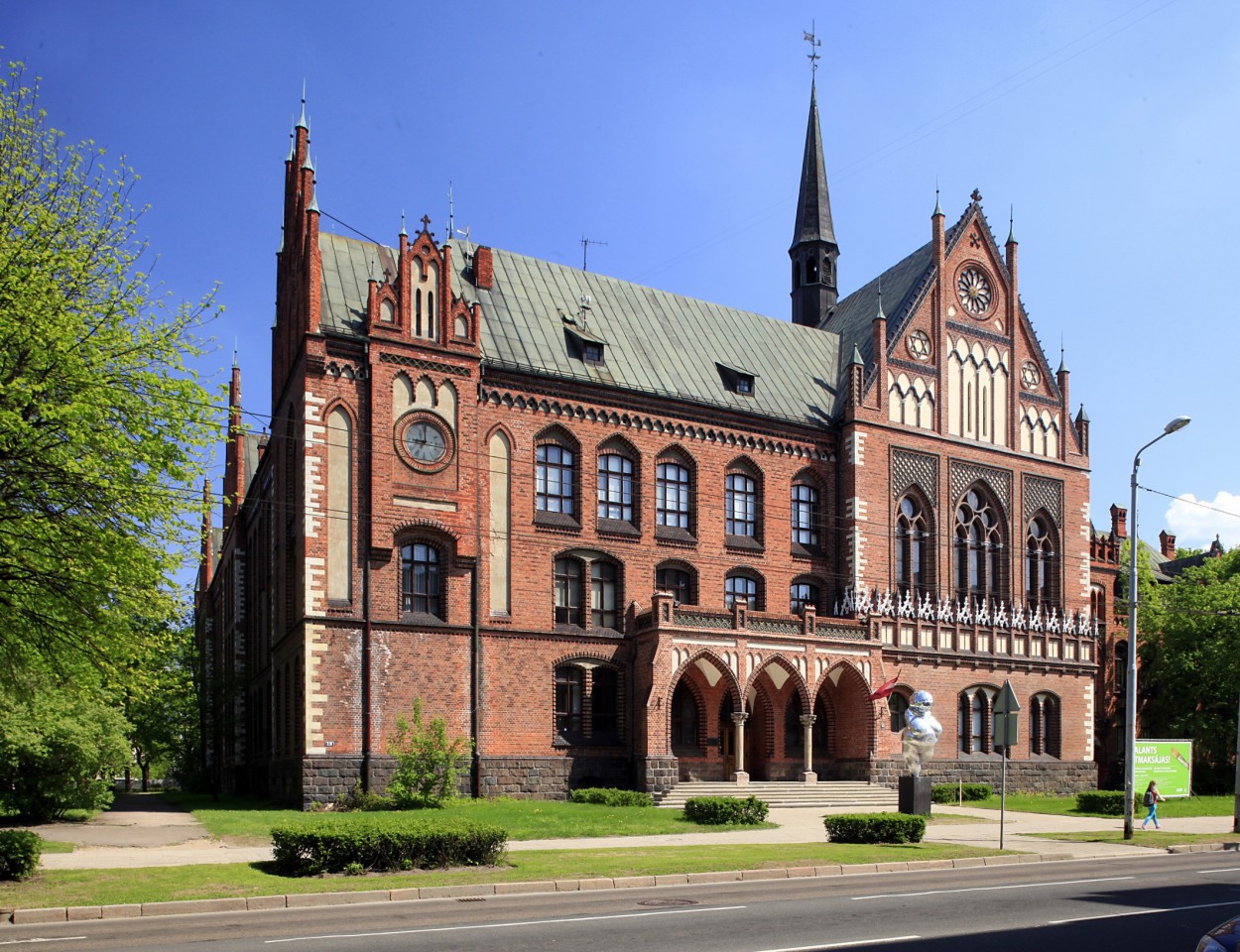About
The Art Academy of Latvia was founded in 1919, at the same time when the Republic of Latvia was formed, and has been the leading art university in Latvia for more than 100 years. Embodying the spirit of creativity and freedom, AAL has been able to stand for its independence and purposefully develop - it has become an important art institution on a regional and European scale, with the aim to provide high-quality competitive higher education and comprehensively develop art, design, and science, thus ensuring unity of creative and scientific research as well as the continuity of studies.
Along with ensuring high-quality education, artistic creativity and scientific research are carried out in the Art Academy of Latvia by the Academy's structural units, teaching staff, leading researchers, and students.
The Art Academy of Latvia initiates and participates in the development of Latvian national art and design development strategies, creates creative incubators and cooperation platforms in the art and design businesses, and publishes a series of research and teaching materials.
The unity of artistic creativity and research is manifested in countless local and international projects initiated by the Academy or in which Academy successfully participates. Students and graduates of the Art Academy of Latvia gain international recognition and awards at worldwide art and design events, as well as at the most ambitious international industry shows and annual international competitions.
Thus, by creating a synergy of study programmes, artistic creativity, scientific research, and entrepreneurship, the Art Academy of Latvia ensures the development, sustainability, and research of Latvian art, design, and visual culture, both locally and internationally, from the first year of studies to graduation and further education.
Art Academy of Latvia was founded by one of the first Latvian professional painters, Vilhelms Purvītis (1872–1945), who, after studying at the St. Petersburg Art Academy, together with fellow students Johans Valters and Janis Rozentāls, created the national art environment in Latvia. They organized solo exhibitions, participated in group exhibitions organized by the German Riga Art Society, as well as in St. Petersburg and foreign exhibitions, established the Society for the Promotion of Latvian Art (1911), opened their own studios, worked as teachers at the Riga City Art School, which flourished under the leadership of Vilhelms Purvītis between 1909 and the I World War. In 1913, Vilhelms Purvītis was elected as an academician at the St. Petersburg Academy of Arts, but he rejected the offer to lead a landscape workshop there because after the Republic of Latvia gained its independence, he wanted to establish an art school in Riga. The Art Academy of Latvia was founded on August 20, 1919, and the studies began on October 12, 1921.
During the dramatic events of the II World War, despite the difficulties and repressions under the occupation, the teaching staff of the academy continued to train students. Even during the years of Soviet rule (1944–1990) in the presence of constant ideological pressure, which manifested itself especially dramatically in the late 1940s and early 1950s, the Art Academy of Latvia tried to preserve the traditions of democratic training, based on collegial trust between students and teachers.
The Political Awakening and the restoration of independence in 1990 built the prerequisites for the restoration and reintegration of the academy's traditional master workshop training in the artistic and cultural processes in the world, as well as determined the need to find a balance between the academic tradition of the art teaching and the conditional contemporary cultural paradigm of the new art media.
The Art Academy of Latvia is located in one of the most impressive architectural monuments of the beginning of the 20th century in Riga - the neo-Gothic building of the Bourse Commercial School (architect - V. L. Bokslafs). By the request of the client - the Riga Stock Exchange Committee - the building was built in the so-called brick Gothic forms, reflecting the historical traditions of the Hanseatic city. The internal spatial structure of the building is clearly reflected in the layout of the building: classrooms are located along Krišjāņa Valdemāra Street, while the Great Hall, staircase, and teachers' apartments are located along Kalpaka Boulevard. High-quality local and imported materials are used in the interior and exterior decoration of the building - usually, profiled or glazed red bricks, ceramic tiles, and various stones. The columns of the entrance portico are made of dolomite sandstone. Art nouveau motifs are used in several interior decoration ornamental paintings. The large Art Nouveau stained glass windows in the stairwell windows were made in E. Tode's workshop in Riga.
Currently, the restoration of the interiors changed during the Soviet period is under the supervision of the Restoration department of the Art Academy of Latvia.
Art Academy of Latvia offers studies in 5 faculties, which manage 21 specialties.
Faculty of Visual Arts (2D):
Painting department
Graphic Art department
Drawing department
Sculpture department
POST
Faculty of Visual Plastic Arts (3D):
Ceramics department
Glass Art department
Textile department
Faculty of Audio-Visual Media Art:
Scenography department
Visual Communication department
Motion. Image. Sound department
Environmental Art department
Faculty of Design:
Graphic Design
Interior Design
Product Design
Functional Design (MA)
Fashion Design department
Metal Design department
Service Design Strategies and Innovations
Faculty of Art Science:
Art History and Theory department
Curatorial studies
Restoration department
Humanitarian Science department
Art Academy of Latvia offers higher education in accredited Bachelor's, Master's, Doctoral, and Professional Doctoral study programmes, within the framework of which students learn not only to know their professional field perfectly but also to create and develop thinking. In parallel with specialization studies, they learn drawing, painting, and design skills and a wide range of theoretical subjects that teach both the history of art and the development of critical thinking, contemporary and creatively competitive artists. Studies are based on academic tradition and experience while following contemporary developments and helping students to shape their individual manner.
